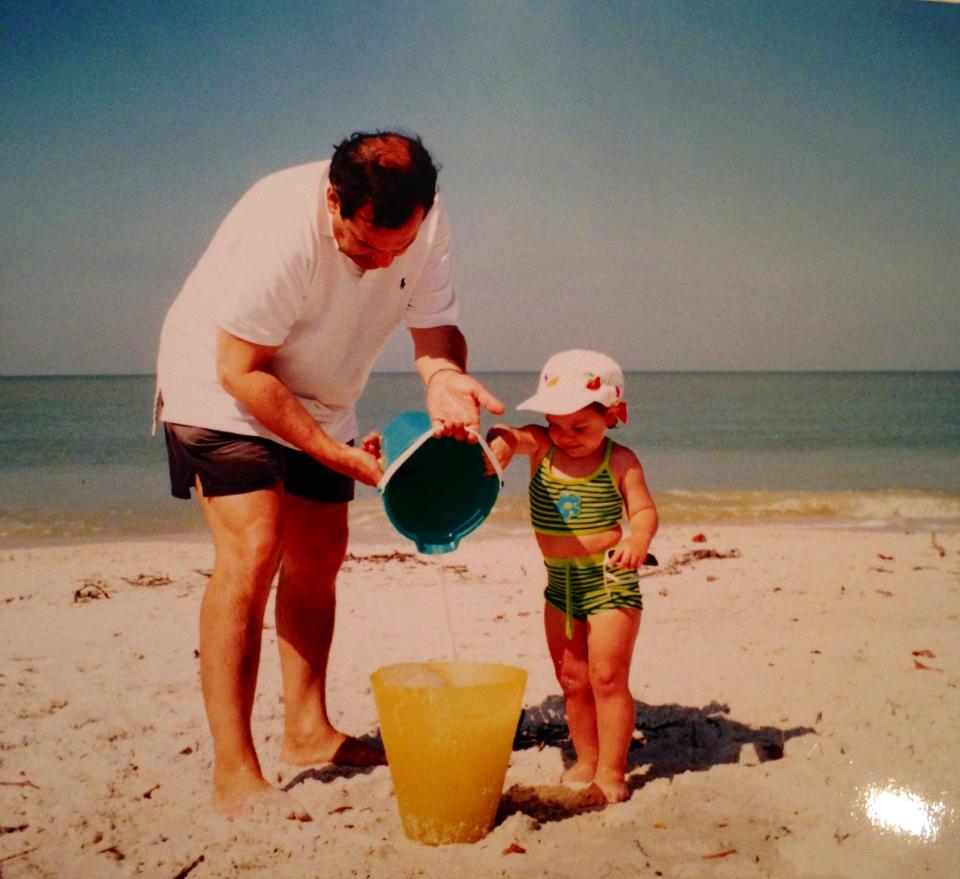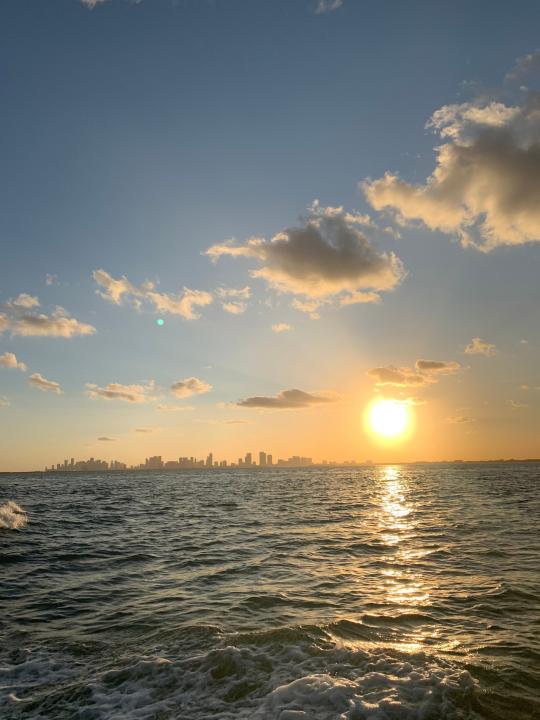How It Feels Living in a City That Will Soon Feel the Impacts of Climate Change
What comes to mind when you think of Miami? South Beach, LIV, a sweaty party city that should be annexed from Florida and apparently doesn’t know how to handle COVID-19? I mean, same, but more importantly, I think of home: of Calle Ocho, pastelitos from Versailles, being immediately greeted in Spanish, and a childhood filled with questionable tankinis and salty hair. Sailing during phys ed was normal (private school normal), ecology class meant boating around Biscayne Bay, and drives home from school were drowned out by the mesmerizing limestone walls swallowing Coconut Grove.

It’s true: You never really know what you have until it’s gone. And while my eyes will probably get stuck from how hard I just rolled them, this sentiment resonates. I felt it when I went off to college in D.C. in 2014 and once again after my move to New York City two years ago. Now, after coming back home six months ago due to the virus, this bumper sticker of a saying felt louder—what was once an aw sort of moment quickly turned into an oh, shit reality. The city that raised me (and left my Spanglish impeccable) would soon be underwater.
Here to help me take a hard look at the facts is journalist and author of Disposable City: Miami’s Future on the Shores of Climate Catastrophe, Mario Alejandro Ariza. He reminds me that “if the ocean rises three to four feet—which a lot of projections have it going even higher by the end of the century–200,000 people in Southeast Florida will be physically displaced.” Yep, two hundred thousand. And that number is excluding all of the other tragedies that will happen, like our drinking water and sewage plants being compromised and storms becoming a lot stronger, all due to global warming.
To put it simply, “carbon acts like a sweater around the atmosphere,” Mario tells me. Because of the amount of carbon humans put out into the atmosphere each year, around 36–38 gigatons, “the energy that comes into the earth from the sun doesn’t get radiated as much out into space.” So what does this mean and why does it impact rising sea levels? Basically, because we’re changing how much heat and energy radiates into space, we’re trapping more of that energy here on earth. In turn, ice caps melt, expanding the ocean, which also increases the intensity of rain. By the end of the century, Mario explains, “the thermal expansion of the ocean, the intensity of rains and storms, and increased heat, make the survival of a complex urban civilization on the southeast tip of the peninsula an open question.”

So, what does it feel like to be living in a city that will soon feel the impacts of climate change? Bleak. But not all hope is lost. We can help, but first, we must take responsibility. Mario reminds us to, “reduce [our] individual carbon output, strap those solar panels on that roof, get that electric vehicle, eat as little meat as possible, and live as carbon-free of a lifestyle as [we] responsibly and ethically can.” Unfortunately, our individual efforts are only part of this politicized polarizing equation. Seventy percent of our cities in Florida are still being powered by natural gas. We need to pressure politicians and advocate for positive change because the future of this city and several other cities similar to Miami depend on it. Vote, reduce your carbon footprint, spread awareness, and educate yourself and those around you because all of the other things we need to fix in this world won’t matter if we don’t have a planet to live on.
Originally Appeared on Architectural Digest

